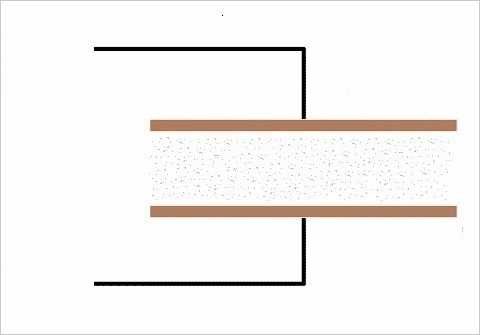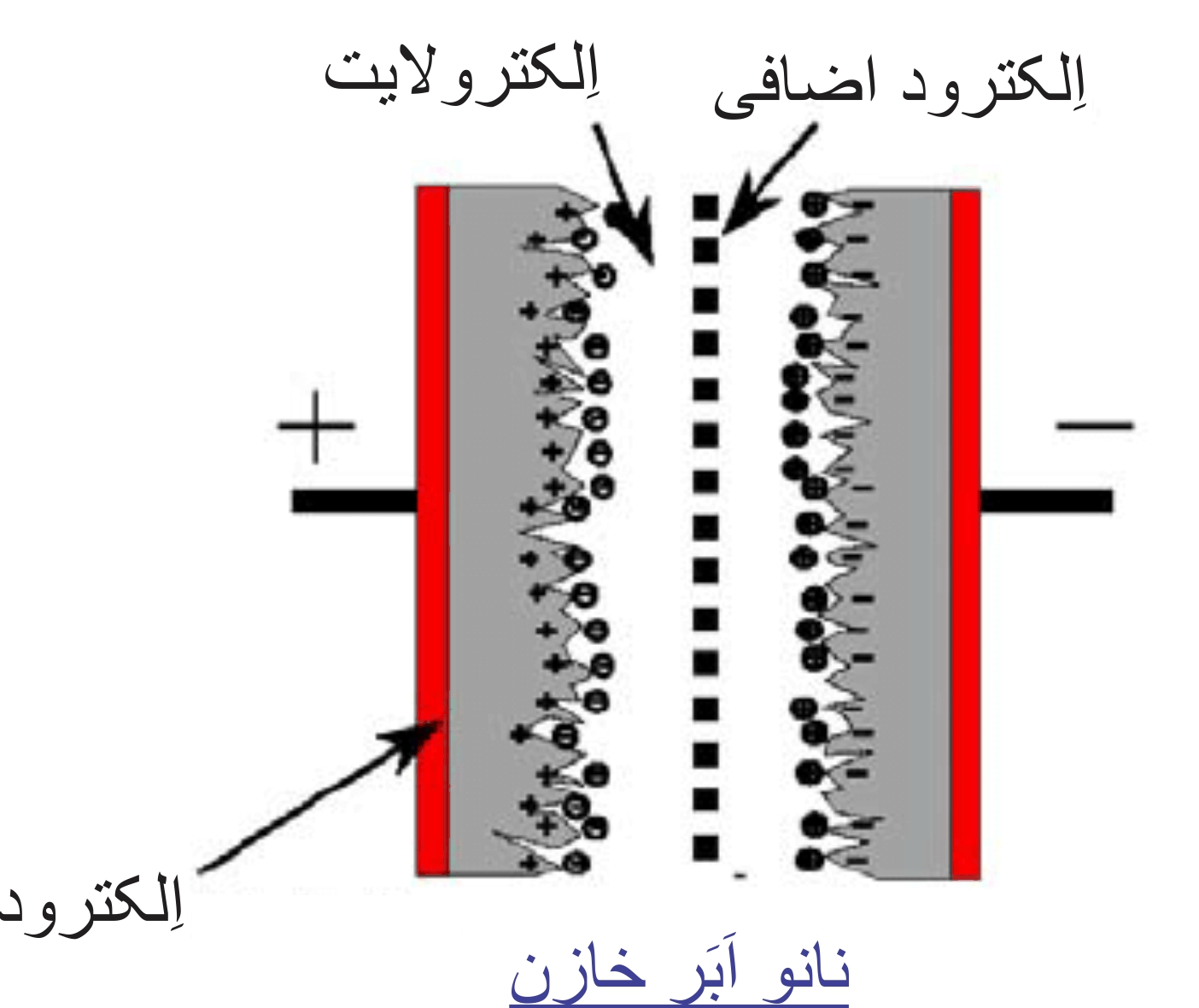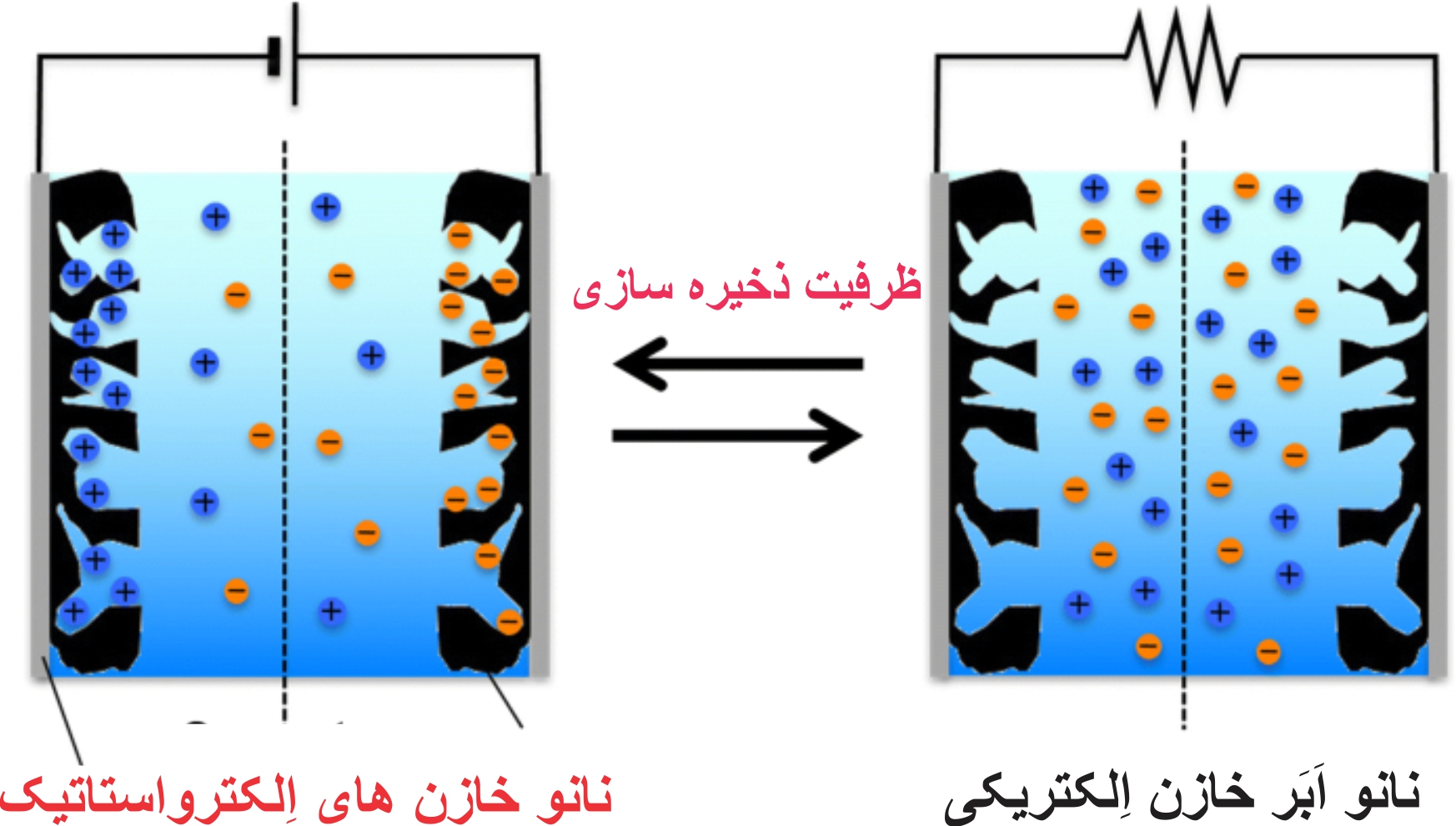Nano cloud capacitor section
Power of nano holes in (electric nano supercapacitors)
Researcher and author: Dr. ( Afshin Rashid)
Note: The power of the nano-cavity in the nano supercapacitors is as if there are arrays of capacitors built inside the nano-cavities. There is a scanning electron micrograph, which is covered with an image that shows their design. Pores are etched in an aluminum substrate (nanoelectrode). Capacitors consist of two thin metal layers (nanoelectrolyte) separated by a layer of insulating material (additional nanoelectrode).
Nano supercapacitor can store 100 times more energy than previous devices of its kind. Finally, such devices can store waves of energy from renewable sources such as wind and deliver that energy to the power grid when needed. In general, nanoelectric supercapacitors can store large amounts of energy, but they tend to charge slowly and wear out quickly. Meanwhile, capacitors have a longer life and can be discharged quickly, but store much less total energy. In order to make nano supercapacitors, nanostructured arrays of electrostatic capacitors can be created.
Electrostatic nanocapacitors are the simplest type of electronic energy storage device. They store electrical charge on the surface of two metal electrodes separated by an insulating material. The electrical storage capacity of the nano supercapacitor is directly proportional to the surface area of these sandwich-like electrodes. The storage capacity of nano super capacitor can be increased by using nano structure to increase the level of energy storage. Nanoelectric supercapacitor electrodes work like the electrodes in regular capacitors, but instead of being flat, they are tubular and packed deep into nanocavities.
The process of making a nano supercapacitor begins with a glass plate covered with aluminum. Pores are etched into the plate using acid and applying voltage. By carefully controlling the reaction conditions, highly ordered arrays of tiny but deep pores, each 50 nm in diameter and 30 μm deep, can be made. This process is similar to the process used to make memory chips. To make a nano supercapacitor , a very thin layer of metal, then a thin layer of insulation, then another thin layer of metal is placed in these pores. These three layers act as the nano electrodes of the electric capacitor and the insulating layer. A layer of aluminum is placed on top of the device and acts as an electrical contact. Another contact is made with an underlying aluminum layer.
Conclusion :
The power of nano-cavity in nano supercapacitors is like arrays of capacitors built inside nano-cavities. There is a scanning electron micrograph, which is overlaid with an image that shows their design. Pores are etched in an aluminum substrate (nanoelectrode). Capacitors consist of two thin metal layers (nanoelectrolyte) separated by a layer of insulating material (additional nanoelectrode).
Researcher and author: Dr. ( Afshin Rashid)
Specialized doctorate in nano-microelectronics






